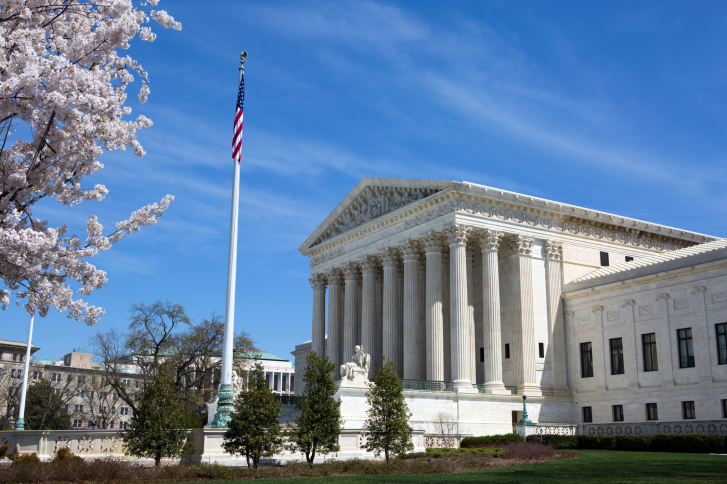New Jersey’s Hamilton Township Council is getting tough with township residents who host students from other school districts under false pretenses. For example, sometimes a Hamilton resident may allow his or her address to be listed as the child’s residence when in fact the child does not live there.
The Hamilton school district pays investigators to verify students are attending its schools legally. Under the new ordinance, adopted late in 2008, families making false residency claims may be fined and compelled to make restitution for school and legal costs.
New Law
When I was a Hamilton school board member in the 1980s, nonresident investigations troubled me. I took pride in the fact that families were willing to risk breaking the law in order to enroll their children in Hamilton schools. Their deception was illegal, but it was easy to sympathize with their plight and admire their pluck.
Still, it was unfair to make Hamilton property taxpayers assume the financial burden of educating nonresidents. Moreover, through their income taxes many property taxpayers already were subsidizing the Trenton schools from which these children were escaping. So I accepted the investigations as unfortunate necessities.
In January 2008, Gov. Jon Corzine (D) and the legislature rewrote New Jersey’s school funding law to make it student-based. (See “New Jersey Lawmakers Revamp the State’s School Funding Formula,” School Reform News, March 2008.)
First, the cost of educating a typical student is determined. That base is then adjusted to account for the needs of individual students. A child from a low-income family or one with a learning disability is considered more costly to educate, so the base amount for that student is increased. This formula is often called “weighted per-pupil funding” (WPPF).
The local community’s contribution to the education of each child is based on that community’s income and property wealth. The state’s contribution essentially makes up the difference. In Trenton’s case, the state pays fully 86 percent of the school district’s budget.
Flaws in System
One positive consequence of WPPF is that the state has an obligation to help fund the education of poor children regardless of their municipal residence.
But the 2008 school funding law is a half-baked version of WPPF. It is missing two other elements essential to a properly functioning WPPF system. First, under WPPF, the funding is “attached” to the student. The money follows the student to the school of his or her choice. Second, schools that are successful in retaining students and attracting new ones are given significant control over their budgets.
This system rewards good schools for their success and provides bad or mediocre schools with an incentive to improve their performance.
In their failure to adopt a bona fide WPPF system, New Jersey lawmakers squandered an opportunity to help solve communities’ problems with nonresident students.
Under true WPPF, Hamilton might see Trenton residents as financial opportunities instead of burdens. The Trenton student would bring with him at least $15,572, which is Trenton’s per-pupil cost. With Hamilton’s per-pupil cost being only $9,975, admitting the Trenton student would mean Hamilton could gain as much as $5,597. That money could be used for property tax relief, enhancing existing educational programs, or creating new ones.
Missed Opportunity
That would create a win-win situation. Trenton students would be able to attend schools better suited to their needs, while Hamilton schools and taxpayers would benefit from the infusion of additional funding.
Hamilton’s ability to accept nonresidents would be governed by its available capacity—a school would not be forced to admit nonresident students it couldn’t accommodate. But with 17 elementary schools and six secondary schools, the Hamilton school district surely would be able to identify space in its many classrooms to admit some nonresident children seeking to attend its schools.
The artificial geographic barriers that prevent students from moving freely between schools perpetuate an educational system that nurtures failure and inhibits success. Demolishing these barriers would make public schools more effective and efficient.
Gregg M. Edwards ([email protected]) is president of the Center for Policy Research of New Jersey, an independent nonprofit organization addressing public policy challenges facing the state.



